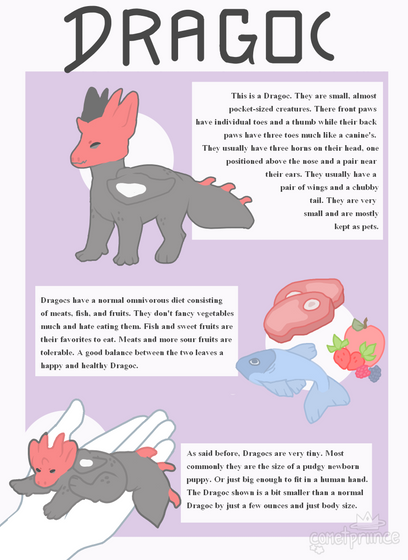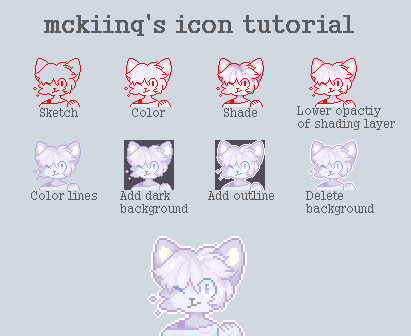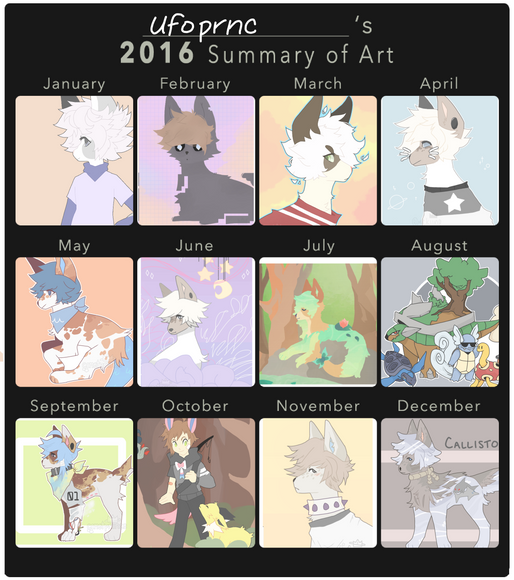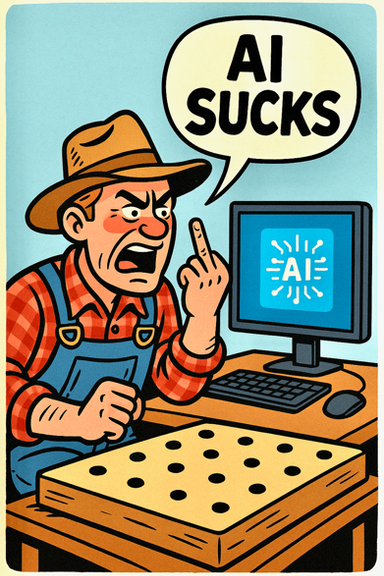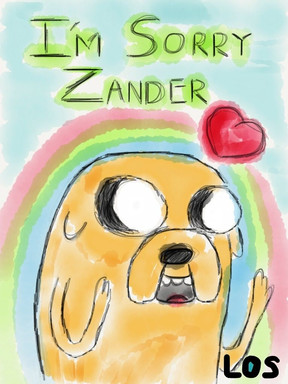HOME | DD
 ufoten — how to use references
ufoten — how to use references
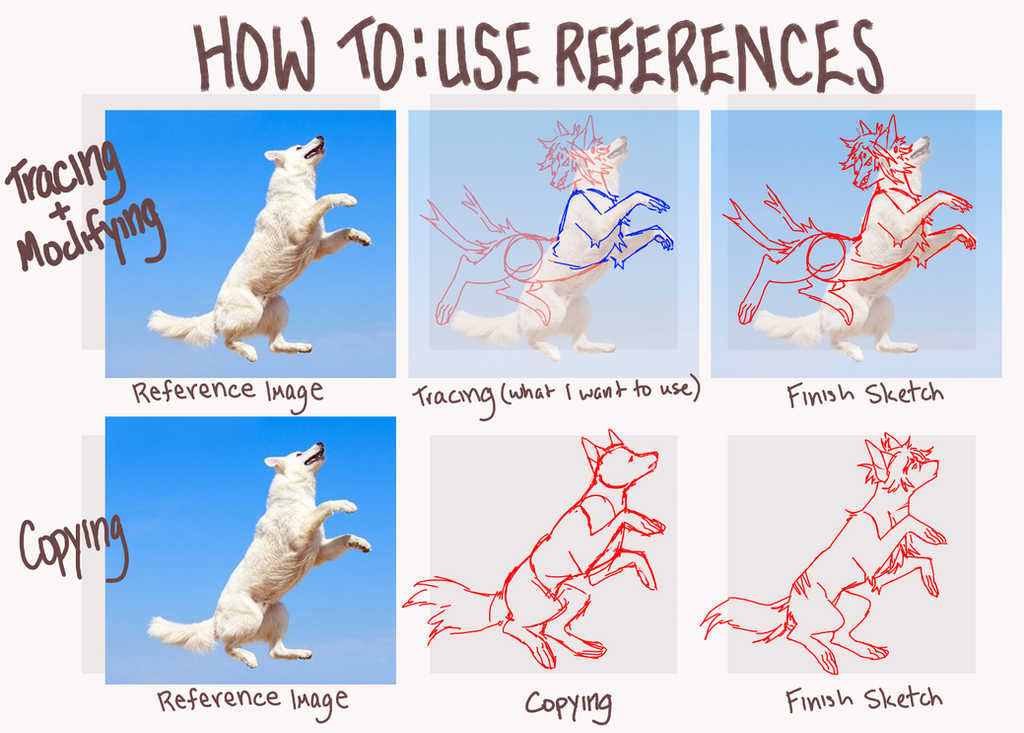
Published: 2018-06-25 18:28:05 +0000 UTC; Views: 8687; Favourites: 313; Downloads: 0
Redirect to original
Description
I want to start of by saying, using references is one of the best things to do as an artistRecently, I've been using them a lot, even when coming up with my own ideas and ending up not using the reference image at all in the end! Even when tracing or copying reference images, you can use it to your advantage to make original art.
DISCLAIMER: I think you should only use reference images taken from REAL LIFE as copying or tracing from other artwork can lead to flaws in anatomical correctness and just straight up plagiarism
Good strong reference image techniques, for example, is the way artist Ross Draws takes real life pictures and modifies them to make his original art [ Find his youtube channel here: www.youtube.com/channel/UCLEVr… ]
I thought I'd whip this up since I'm using the reference above right now for some drawings. I'll link the finished drawings later as well!
< finished product of tracing and modifying
TRACING AND MODIFYING: "Tracing" like I have above, isn't the worst thing in the world. If you are directly tracing another artist's work and claiming it all as your own, that's the bad kind of tracing. Good tracing is using a real life picture to your advantage. As a cartoonist, you can further modify it to fit your style OR you can only take a piece of the original image and add onto it (as I did). In the end I only used the paw and rib cage positioning of the dog and added onto it by creating his back end and his head in a different position. I used 1/3 of the reference image and the end product is quite different to the original picture.
COPYING: This can be a more preferred method as you aren't tracing over the original image, and instead copying the pose. Personally, I do this a lot when doing anatomy studies to keep my understanding of animal and the human body sharp. I rarely do it for finished refined work but that's just my preference! Copying allows you to keep it real with your style and it is especially useful if you want to use the pose but it doesn't fit your character's body type (for example, my character's body type is thinner and longer and if I traced, I most likely would have to modify it quite a bit to fit properly!)
Also just for fun, here's my other tutorials I've done (one of which i unstored just for this):
Related content
Comments: 7

I have a WIP that was traced from a collection of reference photos. (torso, head, hands, guns, etc) I have modified it so much to the point where I created a skeletal structure and muscle anatomy to the image. It’s been a useful tool for me to understand general anatomy to help with skin shading, perspective and foreshortening. I’ve been working on it for weeks, but at this point it’s more important to me to hone my skills, rather than be concerned about completing it (if I ever do!).
👍: 0 ⏩: 0

i mean the person who took the photo would still be considered as an artist or whatever.. they still deserve credit right?
tracing the entire outline is considered tracing - not referencing, sooooo if the person who "traced" the real life image
says it was referenced isn't that like, false and wrong to do? it's be considered as tracing and they'd have to credit the
photo they "traced"
👍: 0 ⏩: 1

In neither example is the entire photo directly traced, one example referencing the pose (bottom) and the other taking only a piece of the pose to help with the anatomy of a completely different pose. Again, neither of these is the entire outline traced.
👍: 0 ⏩: 0

Or you can practice making sketch shapes on the image rather than doing any actual tracing at all!
👍: 3 ⏩: 0

if you want it, here is the reference image i used: s-media-cache-ak0.pinimg.com/o…
👍: 0 ⏩: 0

